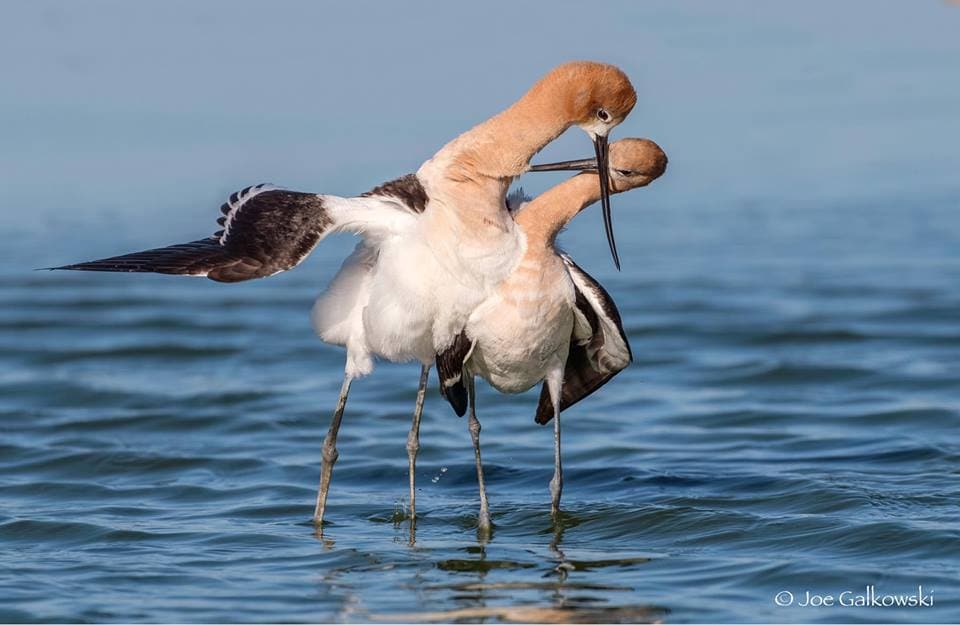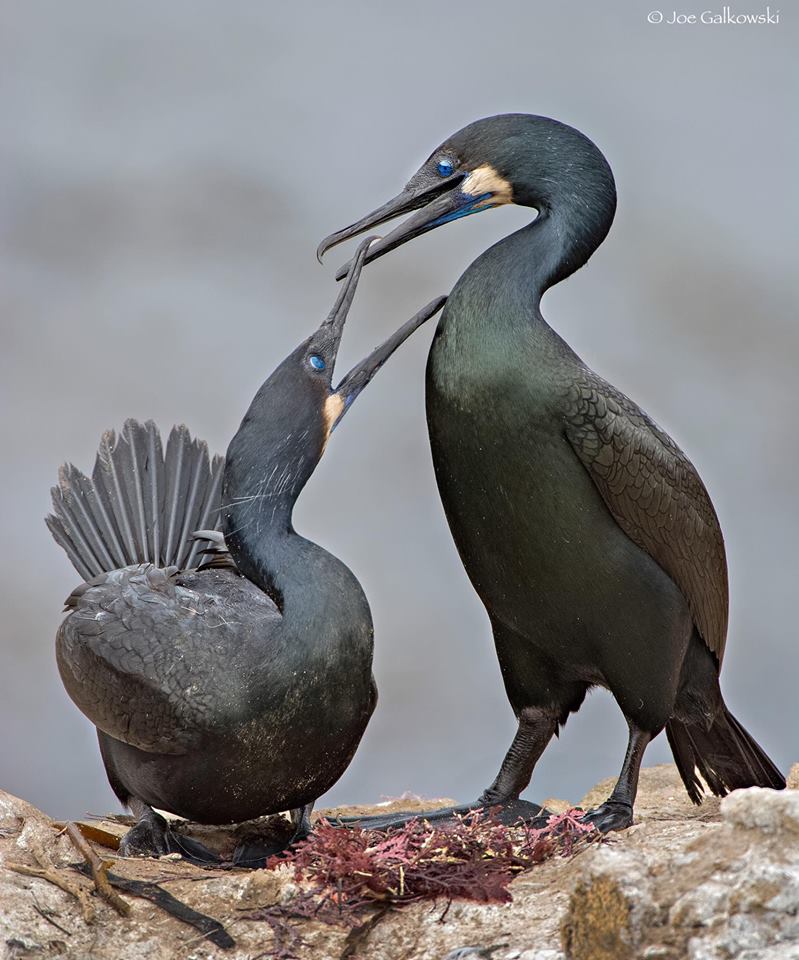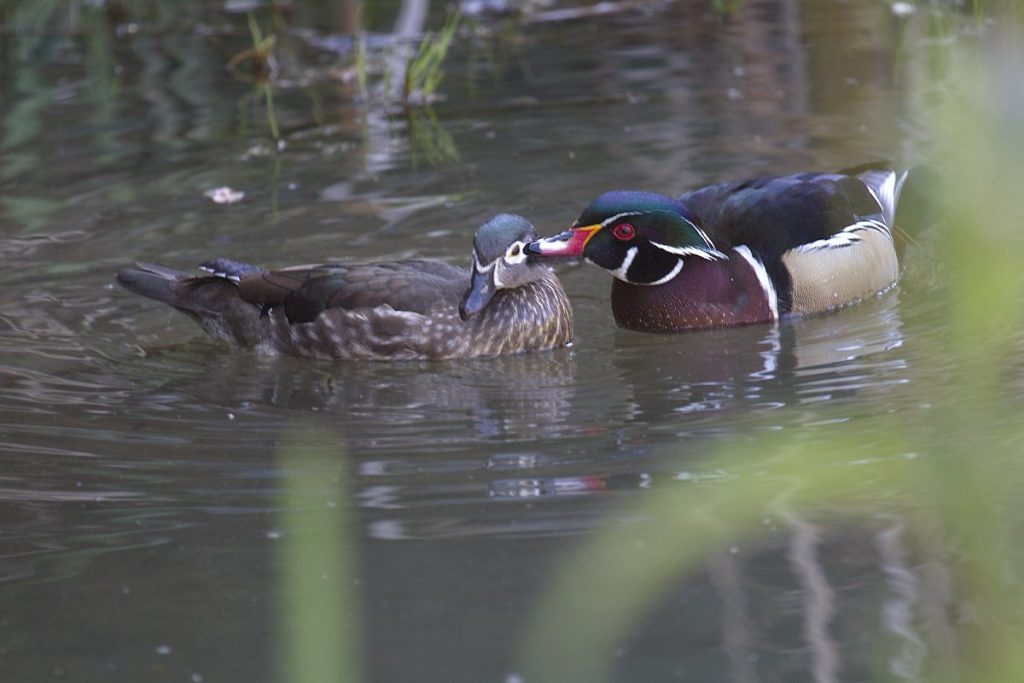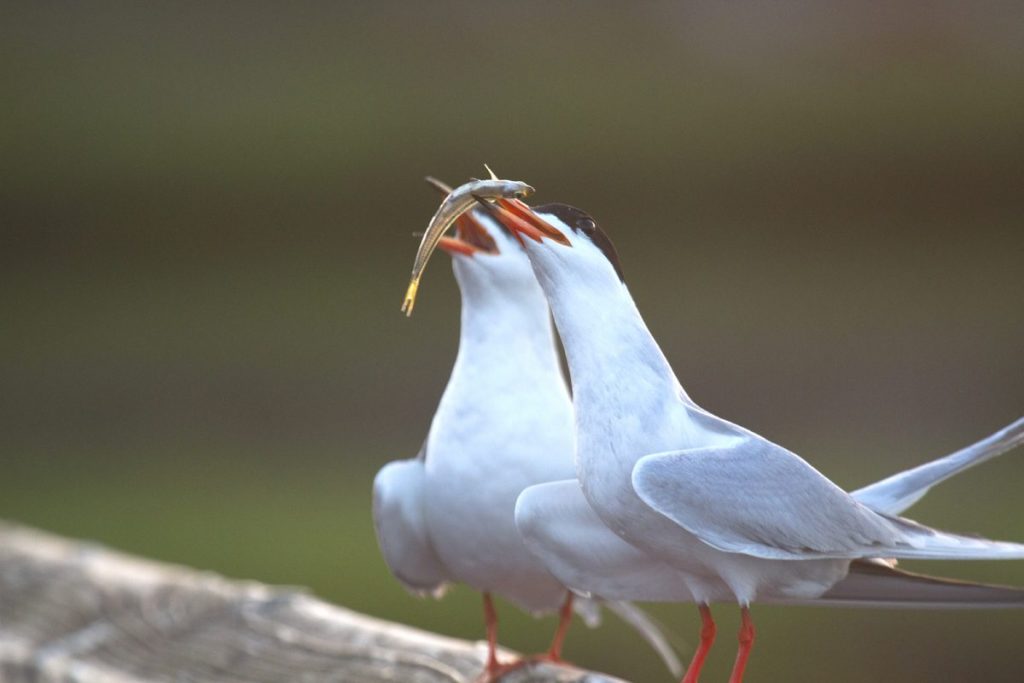Do birds love? (an ongoing argument)
By Joe Galkowski
It’s Valentine’s Day, the day we celebrate romantic love, so I thought I would pose the question, “Do birds love?”
Scientists will say this question has been definitively answered with a big “no.” There are other scientists, however, who are just as sure it is “yes.” The argument is ongoing. They have, in trying to prove the other side wrong, gathered a bunch of interesting facts and evidence.
There are lots of reasons to consider it a possibility. First of all, almost 90 percent of birds are monogamous. Sure, recent genetic studies show there is a whole lot of cheating going on, but in general, one could argue that most birds are better than humans at monogamy. They are far more likely to stay in their relationships than us humans.
There is also a large base of anecdotal evidence supporting the “yes” side. Albatross mate for life. If a partner dies, the lone bird will go a year or two before trying to find a new mate. If you try to understand this from a natural selection perspective, you come away puzzled. The lone albatross would have better chances to pass on their genetics if they looked for a new mate immediately. Then, there are geese who have starved themselves to death after their long-time mate died. That’s pretty strong evidence of grief, if not love. And, how does one explain away the occurrence of healthy birds staying with a sick or dying mate, even bringing it food to try to nurse it back to health? Wouldn’t it be a better strategy to go find a new, healthy mate?


Some birds are also very affectionate with their mates, hence the terms “Love Birds” and “Lovey-Dovey.” Physical affection strengthens their pair-bond, but often does not directly contribute to better reproductive success. So why spend the energy?
It was the recorded observations of affection in pigeons and doves that actually convinced me that there is something like love going on in birds. It has been noted that in these birds, there are very affectionate pairs who can’t seem to keep their beaks off their mates, pairs that appear to want to be close to each other but not actually interact, and even some pairs that seem to just barely tolerate each other. If public displays of affection in doves were strictly a programmed instinctual responses, would there be this much variability?
Despite the anecdotal evidence, I think the question of love in lower animals will not be answered any time soon. In the meantime, I’ve included some images of birds who look to be in love… or not.
A wildlife photojournalist for almost three decades, Joe Galkowski has always worked to give others a glimpse into the lives of the amazing wild creatures that call California home. His images have appeared in numerous major publications such as BirdWatching, National Geographic, and National Wildlife. He lives in Livermore. Below are a few more photos of “love birds” by Rick Lewis.


